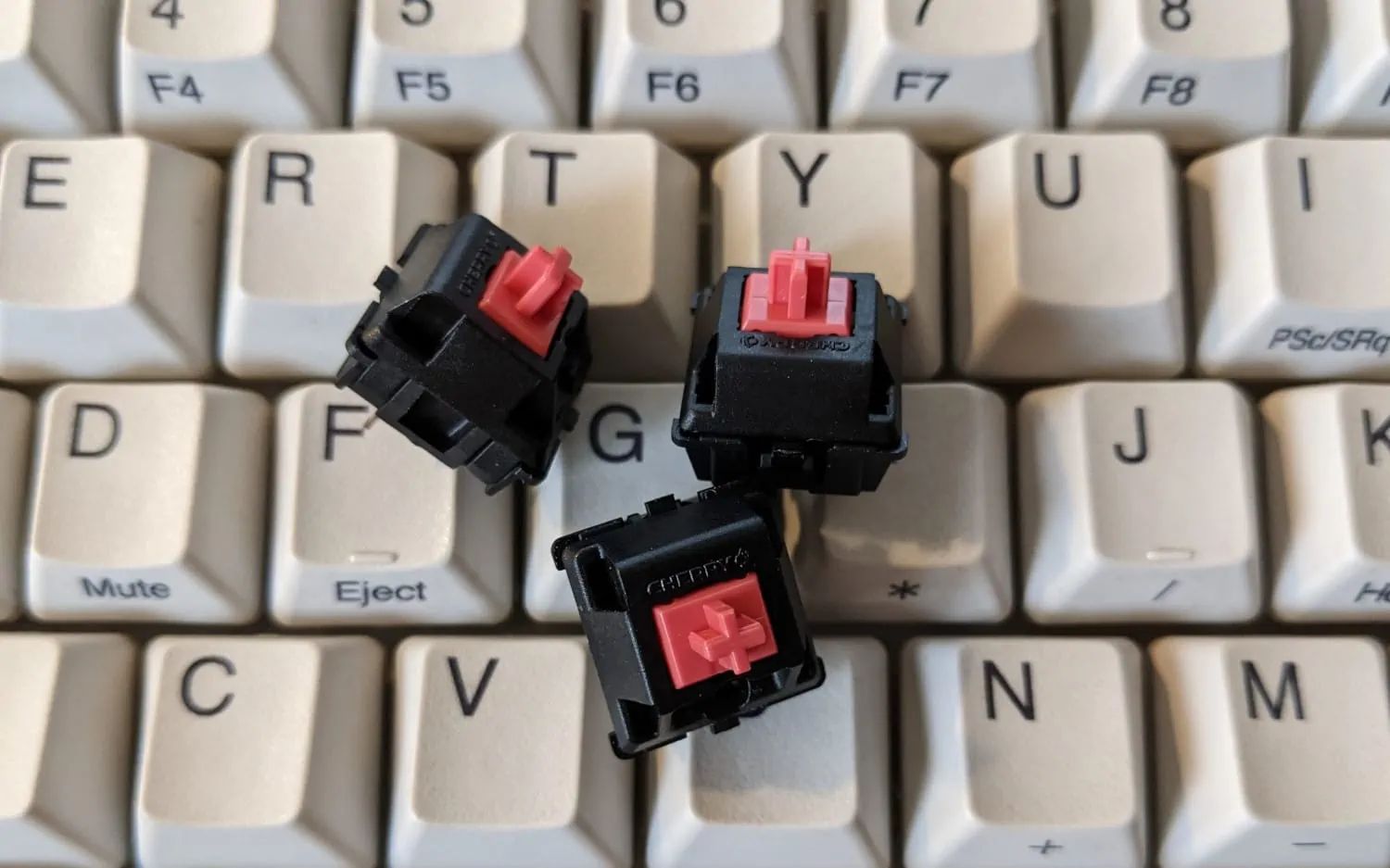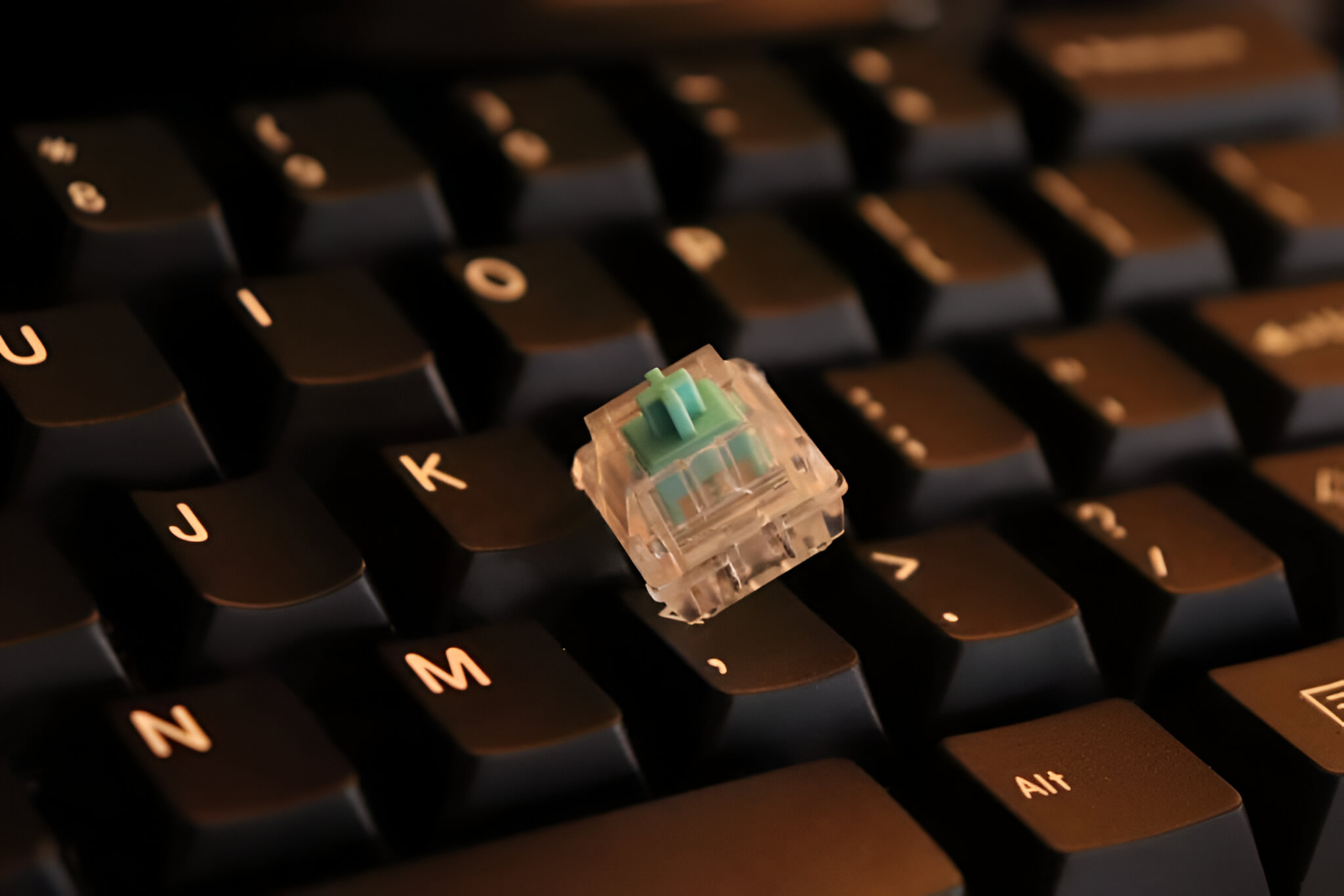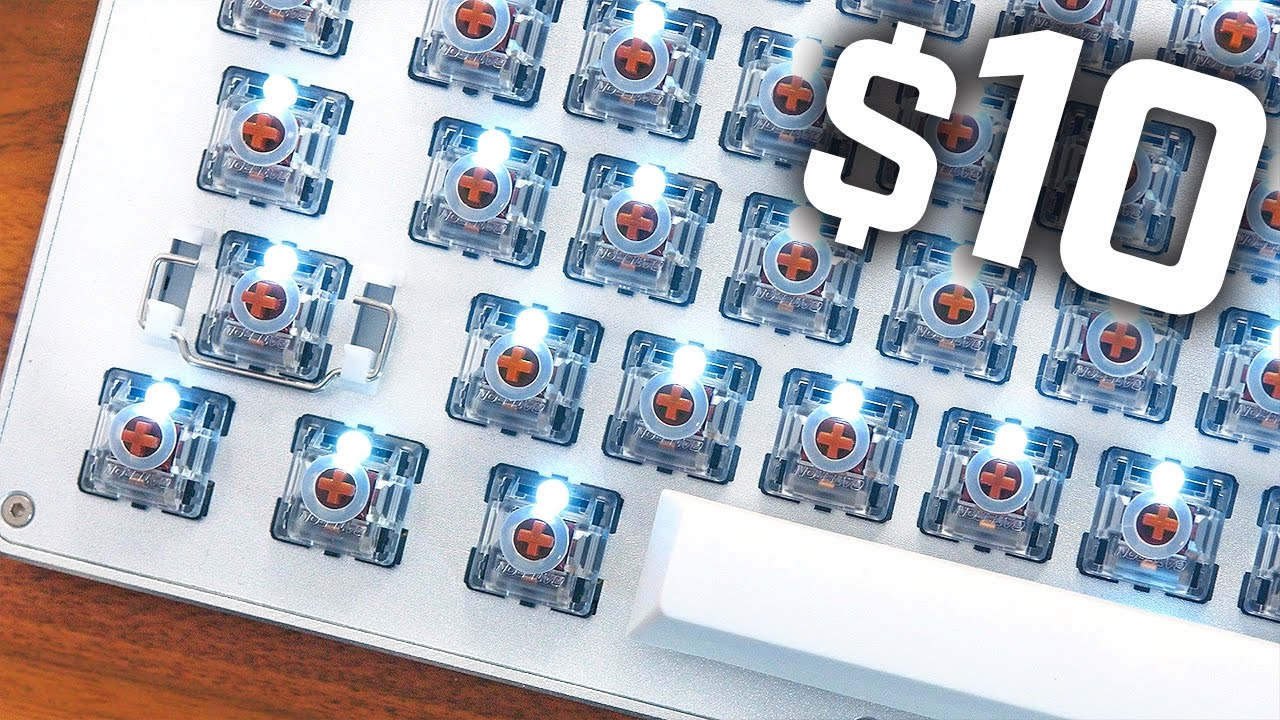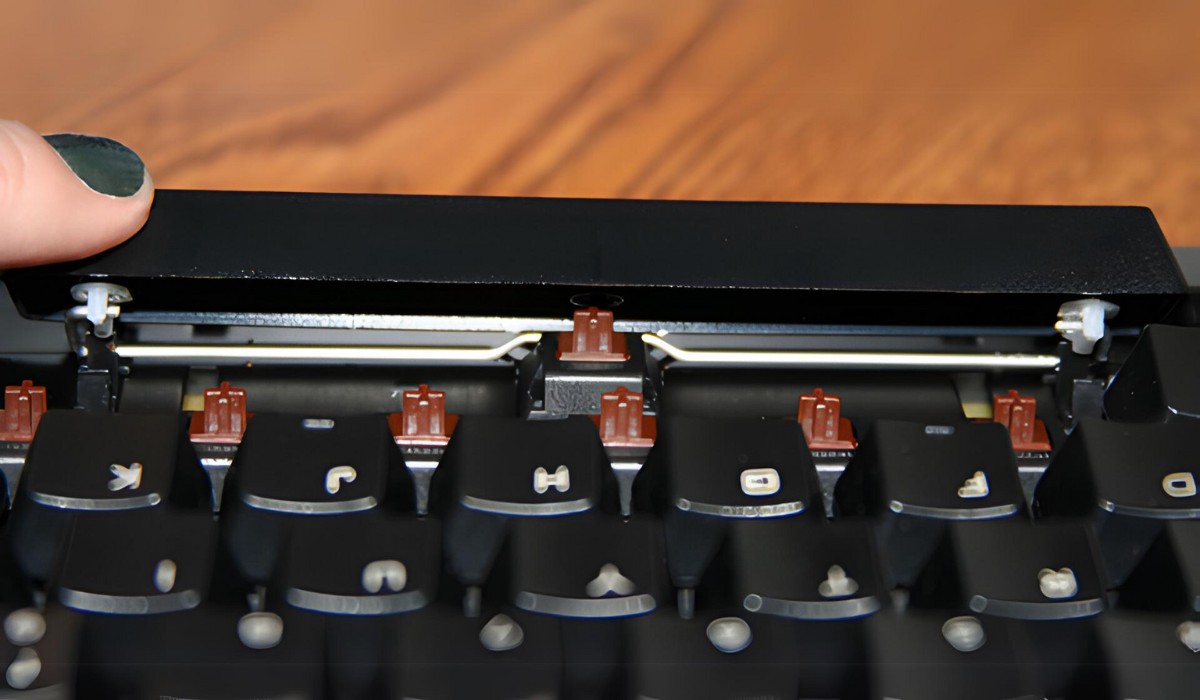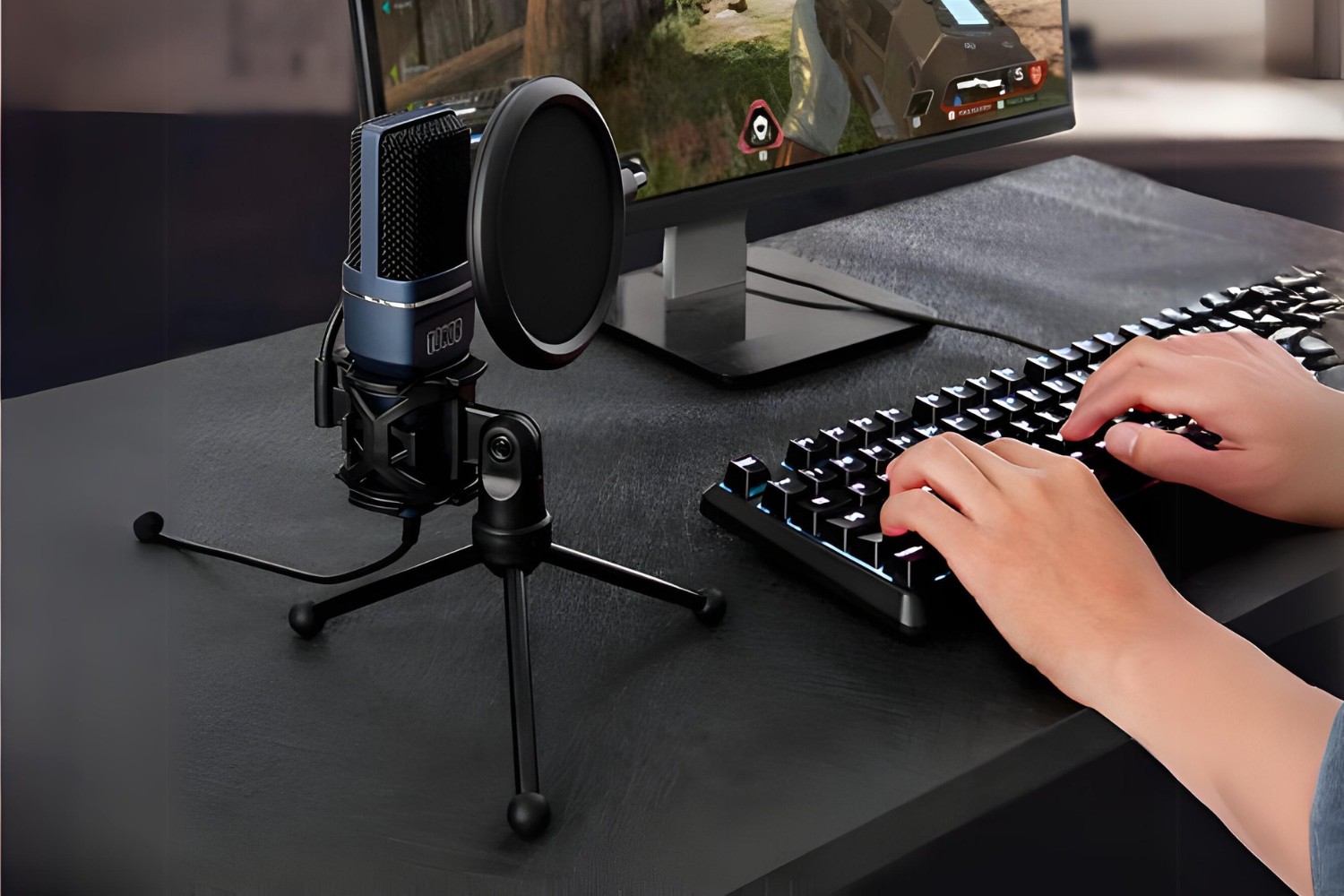Introduction
Understanding the Clatter of Mechanical Keyboards
Mechanical keyboards are beloved for their tactile feedback and satisfying keystrokes. However, the characteristic clack of these keyboards can be disruptive in quiet environments, such as offices or shared workspaces. Fortunately, there are several methods to silence a mechanical keyboard without compromising its performance.
The noise produced by a mechanical keyboard primarily stems from the switches, stabilizers, and keycaps. When a key is pressed, the switch mechanism actuates, causing a distinct sound as the keycap hits the switch housing. Additionally, the stabilizers, which are responsible for key stability and uniform movement, can also generate noise when not adequately lubricated. Understanding the sources of the noise is crucial for effectively mitigating it.
In this guide, we will explore various techniques to quieten a mechanical keyboard, ranging from simple modifications to more advanced alterations. Whether you are a professional seeking a quieter typing experience or a considerate colleague aiming to minimize distractions, these methods will help you achieve a more subdued keyboard sound without compromising the tactile sensation and responsiveness that mechanical keyboards are cherished for.
Let's delve into the intricacies of silencing a mechanical keyboard, from lubricating the stabilizers to incorporating dampening materials, and discover how these methods can transform your typing experience.
Understanding the Noise
Before embarking on the journey to silence a mechanical keyboard, it is essential to comprehend the underlying sources of the noise. By gaining insight into the components responsible for the clatter, you can effectively address each element to achieve a quieter typing experience.
The primary culprit behind the audible sound of a mechanical keyboard is the switch mechanism. When a key is depressed, the switch actuates, causing the stem to hit the bottom of the switch housing. This collision generates a distinct sound, often described as a “clack” or “click,” depending on the switch type. The design of the switch, particularly the material and structure of the stem and housing, significantly influences the noise produced during actuation.
Furthermore, the stabilizers play a pivotal role in key stability and uniform movement. These components, often overlooked, can contribute to the overall noise level of the keyboard if not adequately maintained. Stabilizers consist of several parts, including wires, inserts, and stems, which can generate rattling or clattering noises if friction or misalignment occurs during key presses. Proper lubrication and maintenance of stabilizers are crucial for minimizing these unwanted sounds.
Keycaps, the covers placed atop the switches, also impact the acoustics of a mechanical keyboard. The material and thickness of the keycaps can influence the sound produced when the keys are pressed. Thicker and denser keycaps tend to dampen the noise to some extent, whereas thinner keycaps may amplify the sound.
By understanding the interplay of these components and their contribution to the overall noise level, you can tailor your approach to quieten the keyboard effectively. Whether through lubricating the stabilizers, modifying the switches, or incorporating dampening materials, a comprehensive understanding of the noise sources empowers you to make informed decisions when implementing sound-reducing techniques.
Lubricating the Stabilizers
One of the most effective methods to diminish the clatter of a mechanical keyboard is by properly lubricating the stabilizers. Stabilizers are integral to the smooth and consistent movement of keys, but if not adequately maintained, they can generate unwanted noise during typing. By addressing the stabilizers through lubrication, you can significantly reduce the rattling and clacking associated with key presses.
Before initiating the lubrication process, it is crucial to disassemble the keyboard to access the stabilizers. Once exposed, carefully apply a thin layer of suitable lubricant to the contact points and moving parts of the stabilizers. Silicone-based lubricants are commonly recommended for this purpose, as they provide smooth and long-lasting lubrication without attracting dust or debris. It is important to avoid over-lubrication, as excessive lubricant can attract dirt and compromise the functionality of the stabilizers.
Properly lubricated stabilizers facilitate fluid key movement, minimizing friction-induced noise and creating a more pleasant typing experience. Additionally, the application of lubricant reduces the likelihood of stabilizer components rubbing against each other, thereby mitigating the potential for rattling sounds during key presses.
By dedicating attention to the maintenance and lubrication of stabilizers, you can effectively diminish the disruptive noise associated with mechanical keyboards while enhancing the overall typing feel and consistency. This relatively simple yet impactful technique can significantly contribute to a quieter and more enjoyable keyboard experience.
Using O-rings
Integrating O-rings into a mechanical keyboard is a popular method for reducing the noise generated by key presses. O-rings, typically made of rubber or silicone, are placed around the stem of each keycap, serving as dampeners to cushion the impact when a key is pressed. This simple yet effective solution effectively minimizes the audible sound produced during typing without compromising the tactile feedback of the keyboard.
When a key equipped with an O-ring is depressed, the O-ring absorbs the impact between the keycap and the switch housing, effectively dampening the reverberation and softening the sound. The result is a quieter keystroke that retains the satisfying tactile feel characteristic of mechanical keyboards.
Installing O-rings is a relatively straightforward process that involves removing the keycaps, placing the O-rings around the stems, and reseating the keycaps. It is important to select O-rings of appropriate thickness to achieve the desired level of noise reduction while ensuring that the key travel distance and tactile response remain optimal for the user’s preference.
By incorporating O-rings, mechanical keyboard enthusiasts can enjoy a quieter typing experience, making it an ideal solution for individuals working in shared environments or those seeking a more subdued keyboard sound. This method offers a practical and non-invasive approach to reducing keyboard noise, allowing users to tailor the acoustics of their keyboards to suit their preferences without compromising the inherent qualities of mechanical switches.
Modifying the Switches
For individuals seeking a more customized approach to quieting their mechanical keyboards, modifying the switches themselves can yield significant reductions in typing noise. This method involves altering the internal components of the switches to achieve a quieter and more subdued typing experience without sacrificing the tactile feedback and responsiveness that mechanical keyboards are known for.
One popular technique for modifying switches is to install switch dampeners, also known as “silencing clips,” which effectively reduce the noise generated during key presses. These dampeners are designed to mitigate the impact between the switch stem and the housing, thereby softening the sound without compromising the keystroke’s tactile sensation. By strategically placing these dampeners within the switches, typists can enjoy a quieter and more discreet typing experience.
Another approach involves the application of custom lubricants to the internal components of the switches, such as the stem and housing. By carefully lubricating these elements, typists can minimize the friction and impact-induced noise associated with switch actuation, resulting in a quieter and more refined typing sound. It is crucial to select lubricants specifically formulated for switches to ensure optimal performance and longevity.
Furthermore, for users comfortable with more advanced modifications, the process of “switch swapping” presents an opportunity to replace existing switches with quieter alternatives. Switches renowned for their quieter operation, such as those featuring tactile or linear characteristics, can be installed to achieve a more subdued acoustics profile while retaining the distinctive feel of mechanical switches.
By delving into the realm of switch modification, enthusiasts can tailor their mechanical keyboards to suit their acoustic preferences, whether prioritizing a quieter typing experience in shared environments or seeking a more refined and subdued sound profile. This method allows users to personalize their keyboards according to their unique preferences while retaining the hallmark qualities of mechanical switches.
Adding Dampening Material
Integrating dampening materials into a mechanical keyboard presents a versatile and effective approach to reducing typing noise while maintaining the inherent characteristics of mechanical switches. By strategically placing these materials within the keyboard’s structure, typists can achieve a quieter and more subdued typing experience without compromising the tactile feedback and responsiveness that mechanical keyboards are renowned for.
One commonly utilized dampening material is acoustic foam, which can be strategically placed within the keyboard’s housing to absorb and dampen the reverberations generated during key presses. By mitigating the resonance and impact-induced noise, acoustic foam effectively contributes to a quieter and more refined typing sound, making it an ideal solution for individuals seeking a discreet and less disruptive keyboard acoustics profile.
Additionally, silicone-based dampening pads or strips can be strategically positioned beneath the keycaps to cushion the impact between the keycaps and the switches, effectively reducing the sound produced during typing. These pads serve as effective shock absorbers, softening the keystrokes and resulting in a more subdued and refined typing experience without compromising the tactile feel of the switches.
Furthermore, the integration of dampening rings or strips around the switch housings can effectively reduce the reverberation and clatter associated with switch actuation, resulting in a quieter and more discreet typing sound. These dampening components, often made of rubber or silicone, effectively absorb the impact and minimize the noise generated during key presses, contributing to a more refined and subdued acoustic profile.
By incorporating dampening materials into the keyboard’s structure, enthusiasts can tailor the acoustics of their mechanical keyboards to suit their preferences, whether prioritizing a quieter typing experience in shared environments or seeking a more refined and subdued sound profile. This method offers a customizable and non-invasive approach to achieving a quieter keyboard sound while preserving the distinctive qualities of mechanical switches.
Conclusion
As technology continues to evolve, the demand for quieter and more refined mechanical keyboards has grown significantly. In response to this need, a myriad of techniques have emerged to diminish the clatter associated with mechanical keyboards, catering to individuals seeking a more discreet and subdued typing experience without compromising the tactile feedback and responsiveness that these keyboards are cherished for.
From lubricating the stabilizers to integrating dampening materials and modifying the switches, enthusiasts have a diverse array of methods at their disposal to tailor the acoustics of their keyboards to suit their preferences. By understanding the sources of keyboard noise and implementing targeted solutions, users can achieve a quieter and more refined typing experience, making mechanical keyboards a more versatile and considerate option for various environments.
It is important to recognize that the pursuit of a quieter mechanical keyboard is a highly personalized endeavor, with each enthusiast having unique preferences and acoustic sensitivities. Whether seeking a more subdued keyboard sound for professional settings, shared workspaces, or personal enjoyment, the available techniques offer a spectrum of solutions to accommodate diverse needs.
Ultimately, the evolution of mechanical keyboards and the corresponding methods to quieten them exemplify the intersection of functionality, customization, and user experience. By embracing these techniques, enthusiasts can curate a typing experience that aligns with their acoustic preferences, making mechanical keyboards an adaptable and versatile input device for a wide range of users.
As the demand for quieter mechanical keyboards continues to grow, the ongoing innovation and refinement of sound-reducing techniques will undoubtedly contribute to the continued popularity and accessibility of these beloved input devices in various settings and applications.










